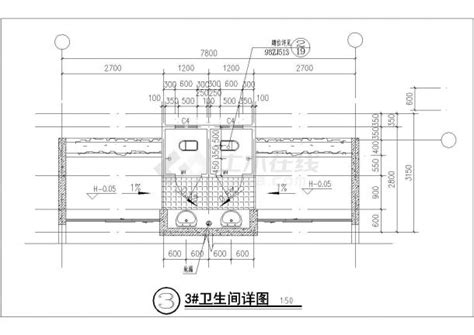As an expert in sports and athletics, I'm excited to share insights on the importance of specialized housing for competitive athletes. The design and amenities of an athlete's living environment can have a profound impact on their training, recovery, and overall performance. In this comprehensive guide, we'll explore the key considerations and best practices for creating the ideal "sports competitive housing" to support athletes in reaching their full potential.

Competitive athletes have unique requirements that go beyond the typical residential living experience. Their daily routines involve intensive training, strict dietary needs, ample recovery time, and a heightened focus on maximizing physical and mental wellbeing. To cater to these specialized needs, sports competitive housing must be designed with the following factors in mind:
To create the ideal sports competitive housing, architects and designers must adopt a holistic approach that seamlessly integrates the various elements required for an athlete's success. Here are some key design principles to consider:
The overall layout of the sports competitive housing should be organized to promote efficiency, minimize disruptions, and foster a supportive environment. This can be achieved through strategic zoning, where different areas are dedicated to specific functions, such as training, recovery, dining, and personal living spaces.
The inclusion of stateoftheart training equipment, cuttingedge recovery technologies, and advanced nutrition and medical facilities can significantly enhance an athlete's ability to optimize their performance. These amenities should be seamlessly integrated into the overall design to create a comprehensive ecosystem for athlete development.
The physical environment of the sports competitive housing can have a profound impact on an athlete's wellbeing. Factors such as lighting, temperature control, air quality, and acoustic design should be carefully considered to create a conducive and restorative atmosphere that supports the athletes' needs.
In today's digitallydriven world, integrating advanced technologies and seamless connectivity can greatly benefit athletes. This includes features like highspeed internet, smart home automation, and datadriven performance tracking systems that can enhance the overall living and training experience.
To illustrate the effectiveness of sports competitive housing, let's examine a few realworld examples and the key lessons they offer:
The AIS is a renowned facility that has consistently produced worldclass athletes. Its comprehensive sports competitive housing features stateoftheart training facilities, recovery centers, nutrition labs, and onsite medical clinics, all strategically designed to support the holistic development of its resident athletes.
This facility, founded by legendary sprinter Michael Johnson, exemplifies the integration of cuttingedge technology and personalized coaching. The center's sports competitive housing includes biomechanics labs, virtual reality training rooms, and advanced recovery suites, enabling athletes to optimize their performance through datadriven insights.
The National Training Center in the Netherlands is known for its innovative approach to sports competitive housing. Its design emphasizes the seamless integration of living, training, and recovery spaces, fostering a collaborative and supportive environment for athletes across various disciplines.
Sports competitive housing represents a crucial investment in the success of elite athletes. By creating specialized living environments that cater to the unique needs of competitive athletes, organizations and sports programs can empower their athletes to reach new heights of performance, recovery, and overall wellbeing. As we've explored, the key lies in understanding the holistic requirements of athletes, designing innovative facilities, and leveraging advanced technologies to support their pursuit of excellence. By embracing these principles, sports competitive housing can become a gamechanger in the world of athletic development and achievement.